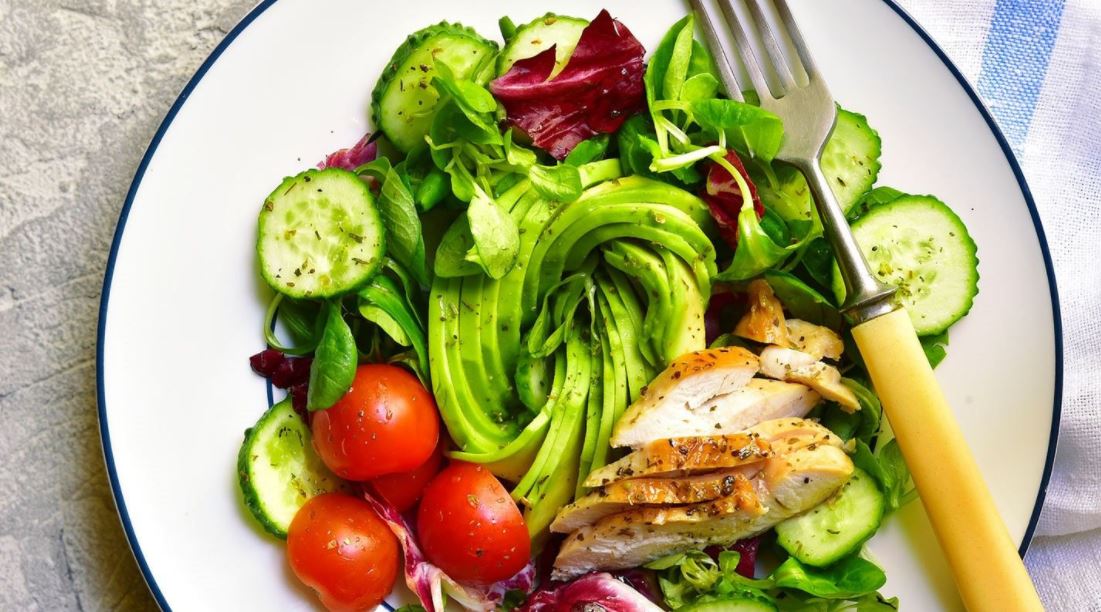Foods to Consume on a Keto Diet

Losing weight by consuming more fat may seem like a crazy idea, but it is not. Moreover, it is on this notion that the keto diet is based. It basically means increasing the intake of lipids and reducing the consumption of carbohydrates as much as possible. A dietary supplement cure also accompanies the change in diet to optimize the diet’s benefits on the body. You can also opt for keto diet supplements which are quite effective.
Keto diet pills play an essential role in boosting this program and ensuring you achieve quality results fast. They contain essential ingredients that speed up these results.
What to Consume on a Keto Diet
 The keto diet goes against the generally recommended eating habits as part of a diet to promote weight loss. It invites you to consume the equivalent of 70 to 80% of lipids and 20 to 25% of proteins per day. Carbohydrate intake is reduced as much as possible, a maximum of 50 grams per day.
The keto diet goes against the generally recommended eating habits as part of a diet to promote weight loss. It invites you to consume the equivalent of 70 to 80% of lipids and 20 to 25% of proteins per day. Carbohydrate intake is reduced as much as possible, a maximum of 50 grams per day.
Carbohydrate restriction prompts the body to destock fats to transform them into ketone bodies such as acetoacetate, among others, and to use them as sources of energy.
To reach this stage, certain foods, in particular, are to be favored daily. These are among others:
- Poultry: chicken, turkey, and duck that we like to eat with their skin on.
- Oily fish such as salmon, herring, and sardines.
- Meats like pork, veal, pork ribs and loin, lamb chops, and beef ribs.
- Cold cuts, including sausages and hams.
- Cured cheese, eggs, and nuts such as pistachios, almonds, and hazelnuts.
- Seeds naturally rich in lipids such as flax, sunflower, or chia seeds.
To compensate for the low water intake from food, it is advisable to drink 1.5 to 2 liters of water per day. Dark chocolate, yogurts, and fresh cheeses should be consumed in moderation. The menus will also consist of 150 g of vegetables per day. On the fruit side, only watermelon, papaya, lemon, and red fruits are allowed.
The prohibited foods are those rich in carbohydrates such as bread and cereals, dough preparations such as quiches and …

